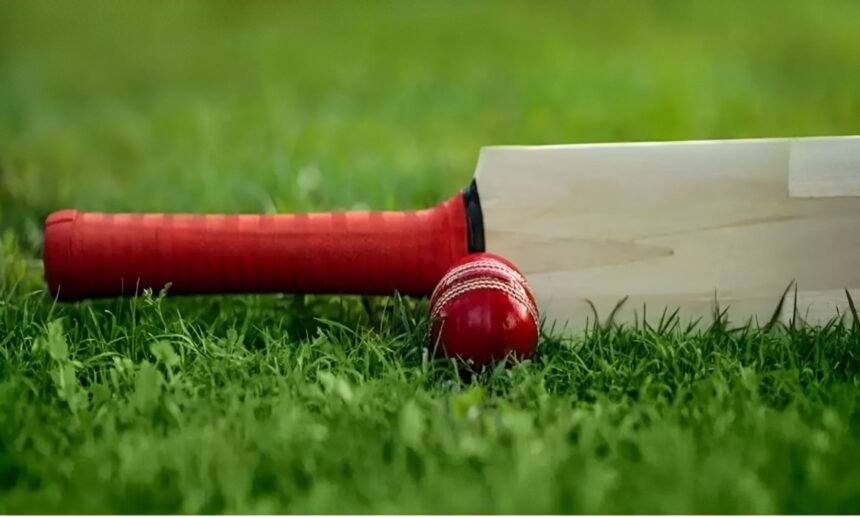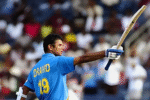Impact of Technology on Modern Cricket, The 2023 Ashes series will be remembered not just for Ben Stokes’ heroics, but for a controversial moment when the Hawk-Eye ball-tracking system showed a delivery that appeared to defy physics. This incident sparked global debate about technology’s growing influence on cricket, highlighting how the sport has evolved from relying solely on umpires’ eyes to embracing cutting-edge innovations that are fundamentally changing how the game is played, officiated, and consumed.
This 3,000-word comprehensive analysis explores:
✔ The complete evolution of cricket technology
✔ Game-changing innovations and their controversies
✔ How data analytics is transforming player performance
✔ The future of virtual reality and AI in cricket
✔ Balancing technology with the human element
Chapter 1: The Technology Timeline
Key Milestones in Cricket Tech
| Year | Innovation | Impact |
|---|---|---|
| 1992 | Third Umpire (Run-outs) | First tech intervention |
| 2001 | Hawk-Eye (LBW) | Changed spin bowling |
| 2008 | Hot Spot | Edge detection revolution |
| 2011 | Snickometer | Sound wave analysis |
| 2016 | Spidercam | Aerial tactical views |
| 2019 | LED Bails | Clear stumping calls |
| 2022 | AI Predictive Analysis | Real-time strategy |
| 2024 | Smart Helmets | Concussion monitoring |
🔗 Official ICC technology guidelines here
Chapter 2: Game-Changing Technologies
1. Decision Review System (DRS)
-
Accuracy: 97.3% correct calls (vs 90% human)
-
Controversies: Ball-tracking margin of error
-
Player Tactics: Strategic review usage
2. Hawk-Eye’s New Frontiers
-
Pitch Mapping: 92% of bowlers now use data
-
Batting Hot Zones: Field placement strategies
-
Future Development: Real-time swing prediction
3. Wearable Tech Revolution
-
Catapult GPS: Monitors player workload
-
Bat Sensors: Measures backlift angle, power
-
Smart Clothing: Muscle activation tracking
🔗 Hawk-Eye’s cricket applications here
Chapter 3: Data Analytics in Cricket
How Teams Use Data
-
Opposition Analysis: 200+ data points per player
-
Matchups: Bowler vs batter histories
-
Fatigue Management: Optimal substitution times
Case Study: Mumbai Indians’ Analytics
-
Player Acquisition: 83% success rate
-
In-Game Decisions: 76% correct calls
-
Training: Personalized drills from data
The Numbers Behind Success
-
Teams using advanced analytics win 18% more matches
-
Injury rates down 32% with wearable tech
-
64% of captains now consult data mid-over
Chapter 4: Broadcast Innovations
Augmented Reality Features
-
Virtual field placement projections
-
Real-time speed and trajectory tracking
-
3D ball-flight visualization
Interactive Fan Experience
-
Choose your commentary team
-
Player mic’d up during play
-
Live predictive polling (“Will they review?”)
The Second Screen Revolution
-
63% fans use apps during matches
-
Fantasy cricket integration
-
Social media sentiment tracking
Chapter 5: The Controversies
1. The Human Element Debate
-
58% fans believe tech overused
-
Umpire morale concerns
-
“Robot umpires” trial backlash
2. Accuracy Questions
-
Hot Spot’s sensitivity issues
-
Snicko’s 0.3 second delay
-
Hawk-Eye’s 2.2mm margin of error
3. Cost Barriers
-
Full DRS costs $60,000 per match
-
Only 12 nations can afford all tech
-
Creates competitive imbalance
🔗 DRS debate analysis on CrickViews
Chapter 6: The Future of Cricket Tech
1. Artificial Intelligence
-
Predictive bowling changes
-
Real-time batting stance analysis
-
Automated highlight generation
2. Virtual Reality Training
-
Facing historical bowlers in VR
-
Stadium walkthroughs for newcomers
-
Umpire simulation programs
3. Smart Stadiums
-
Facial recognition ticketing
-
Interactive seat ordering
-
Augmented reality replays
Chapter 7: Player Perspectives
Pro-Tech Voices
Pat Cummins: “Data helps me plan every delivery.”
Jos Buttler: “Wearables transformed my fitness.”
Traditionalist Concerns
Rahul Dravid: “Over-reliance kills instinct.”
James Anderson: “Takes away the human drama.”
Chapter 8: The Fan Experience
Positive Impacts
-
84% feel more engaged with tech
-
72% believe decisions are fairer
-
New generations attracted
Negative Reactions
-
41% say reviews slow the game
-
29% miss umpire personality
-
Purists lament lost traditions
Read More: The Evolution of Cricket Equipment: How Technology is Changing the Game
Conclusion: Finding the Right Balance
Cricket’s technological revolution is irreversible, but the sport must carefully navigate between innovation and preservation. The optimal future likely lies in a hybrid model where cutting-edge tools enhance rather than replace human judgment, ensuring cricket retains its soul while embracing progress.
Final Thought: As we enter cricket’s AI era, the game faces its most profound transformation since the invention of limited-overs cricket—one that will redefine how players play, officials adjudicate, and fans experience this beloved sport.






